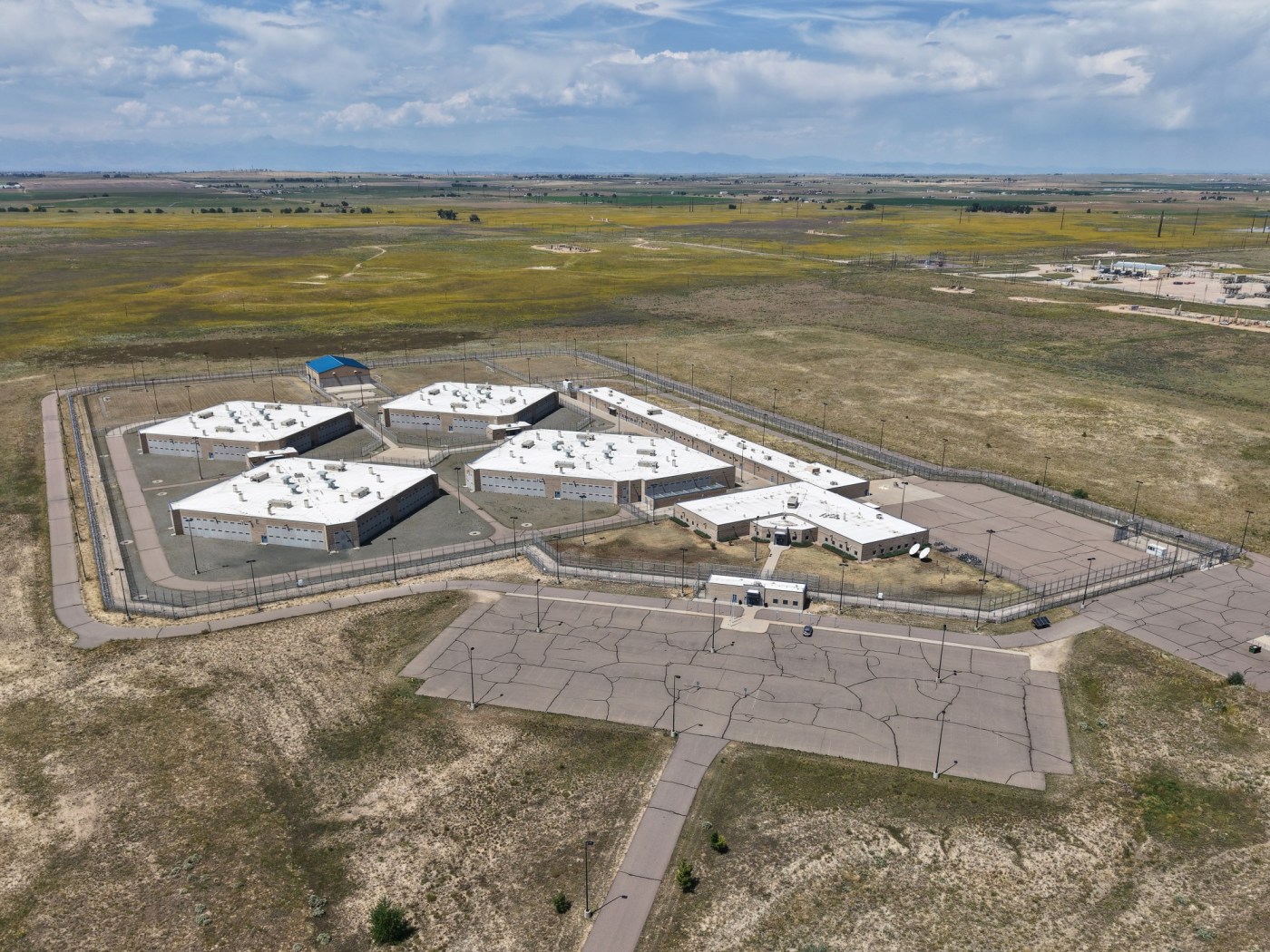Federal immigration officials are set to significantly increase Colorado’s immigrant detention capacity by opening as many as three new facilities in the state, as revealed in planning documents obtained by the *Washington Post*. U.S. Immigration and Customs Enforcement (ICE) aims to enhance its presence in Colorado, which currently has a maximum capacity of 1,360 beds.
The plan includes reopening a previously closed correctional facility in Hudson, located northeast of Denver. The *Denver Post* first reported on this development, citing information shared with members of Colorado’s congressional delegation. Additionally, ICE is targeting the reopening of a private prison in Walsenburg, situated in southern Colorado, and plans to add 28 beds to the Southern Ute Detention Center in Ignacio, located southeast of Durango.
According to the documents, ICE intends to expand the capacity of its single operational facility in Aurora from a contracted limit of 1,360 beds to its maximum capacity of 1,530 beds. All expansions and openings are expected to occur by the end of the year.
Significant Capacity Increase Expected
This expansion is part of ICE’s broader strategy to increase detention capacity in response to intensified enforcement measures during President Donald Trump’s administration. By January, plans indicate that nationwide detention beds could reach 107,000, more than double the nearly 50,000 capacity when Trump began his second term. If all proposed facilities open, Colorado would rank sixth in the country for ICE detention beds, as analyzed by the *Washington Post*.
A spokesperson from the U.S. Department of Homeland Security confirmed the authenticity of the planning documents but noted that the list was outdated and that the stated contracts were “not accurate.” The last update to the list was on July 30, 2023. ICE representatives did not respond immediately to inquiries from *The Denver Post*.
The proposed facilities in Hudson, Ignacio, and Walsenburg represent a substantial expansion beyond ICE’s earlier plans, which only aimed to add between 850 and 950 new beds in the state. The potential addition of these three centers, along with the expanded capacity in Aurora, would increase total capacity from 1,360 beds to over 4,000.
CoreCivic, the private prison company that owns the Walsenburg facility, has not yet commented on the development. Similarly, a representative from the Southern Ute Tribe was unavailable for immediate comment.
Political and Financial Context
ICE’s expansion efforts are partly driven by recent legislative actions. Last month, Congress passed a comprehensive tax-and-spend bill that includes $45 billion designated for ICE detention facilities. CoreCivic’s CEO, Damon Hininger, mentioned in a May earnings call that ICE had shown interest in both the Walsenburg prison and a closed facility in Burlington, Colorado.
Job postings for detention officer positions at the Walsenburg facility had appeared on LinkedIn but were later removed, although maintenance positions remain listed for both Walsenburg and Hudson prisons.
Hininger noted the strategic importance of having detention beds in western states to service the needs of areas such as Salt Lake City and Denver, as well as parts of Wyoming and Montana. The Hudson facility is operated by the GEO Group, which also manages the Aurora detention center. The company has not responded to recent inquiries.
The future of ICE’s facility plans remains uncertain, as discussions are ongoing regarding other potential sites, including the Cheyenne Mountain Reentry Center in Colorado Springs. This facility was among those submitted for ICE’s consideration earlier this year.
As ICE moves forward with its expansion strategy, the implications for immigrant communities in Colorado and beyond are likely to be significant, raising questions about the impacts on local resources and the broader immigration enforcement landscape.








































































